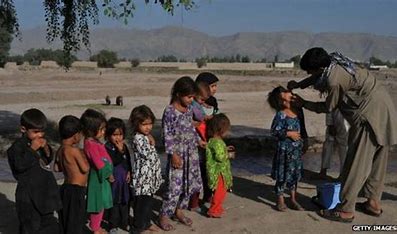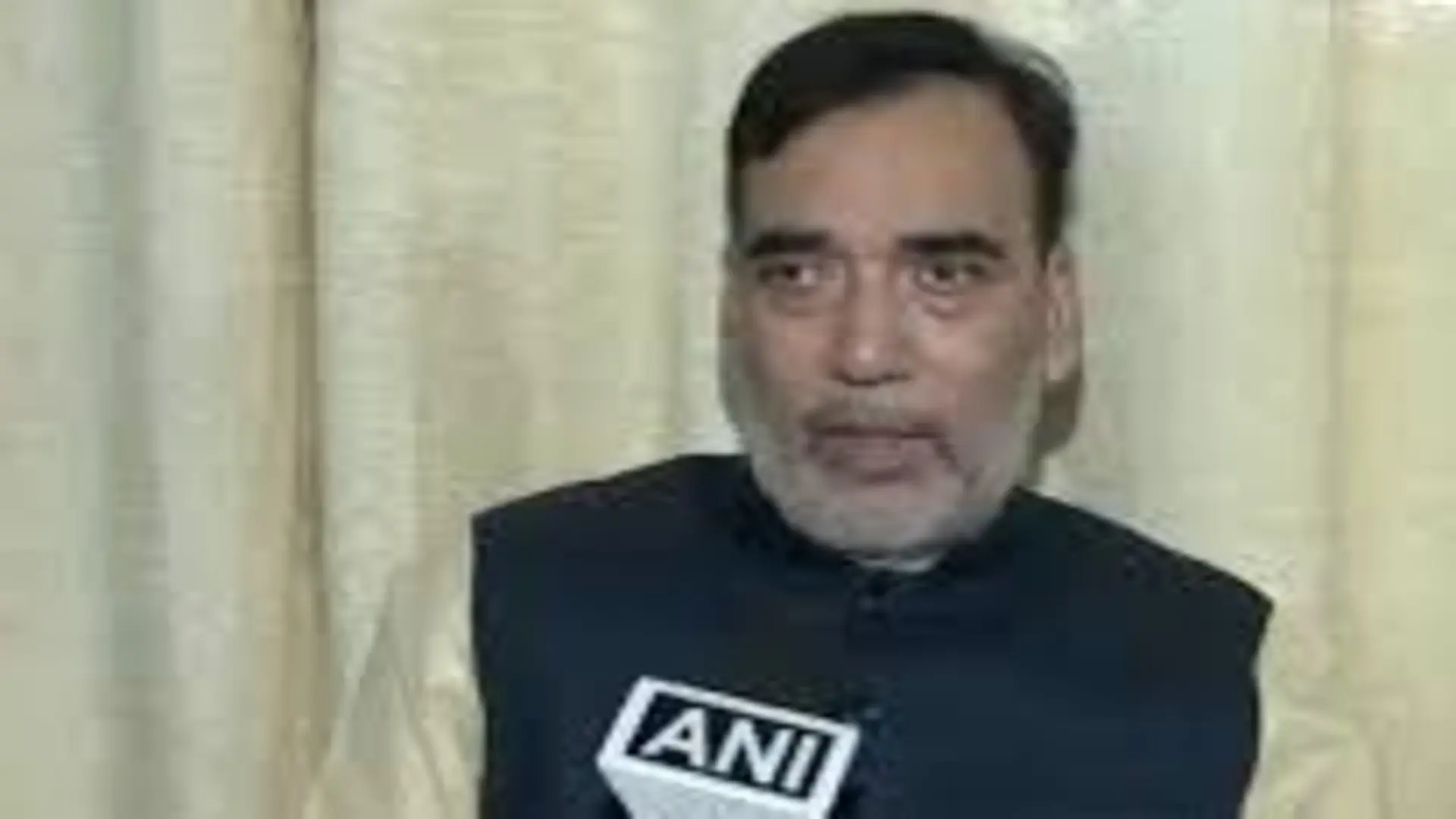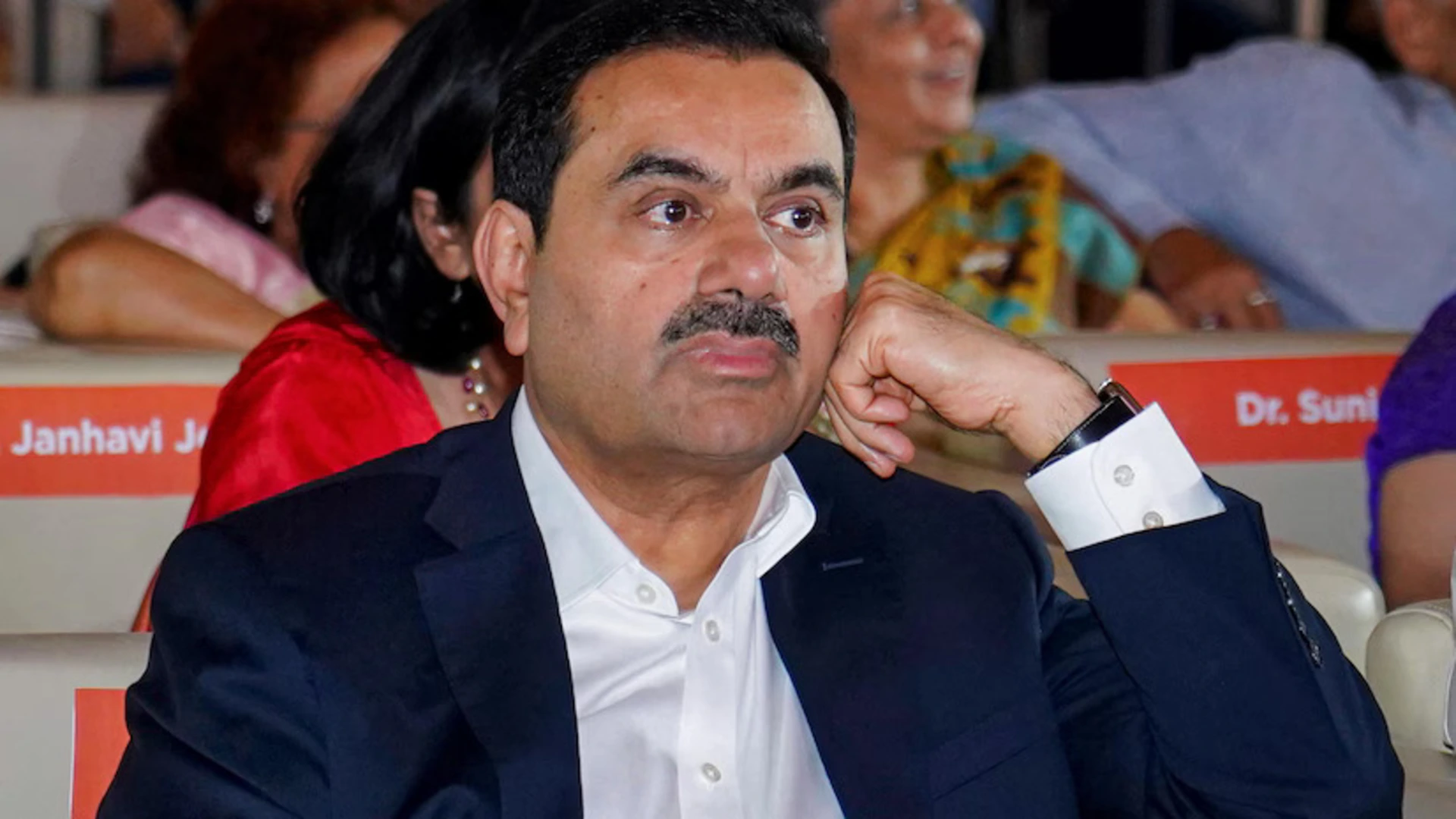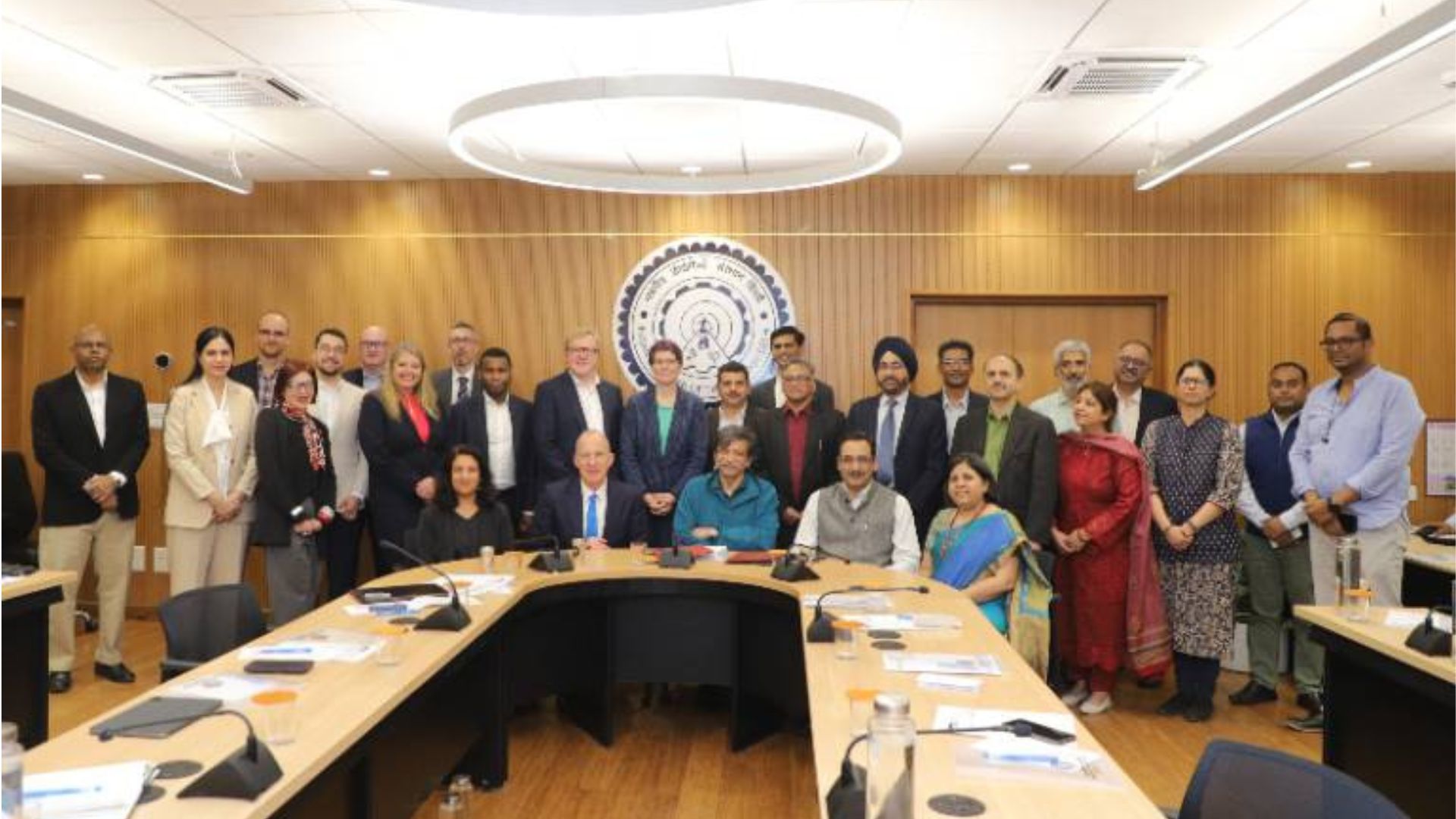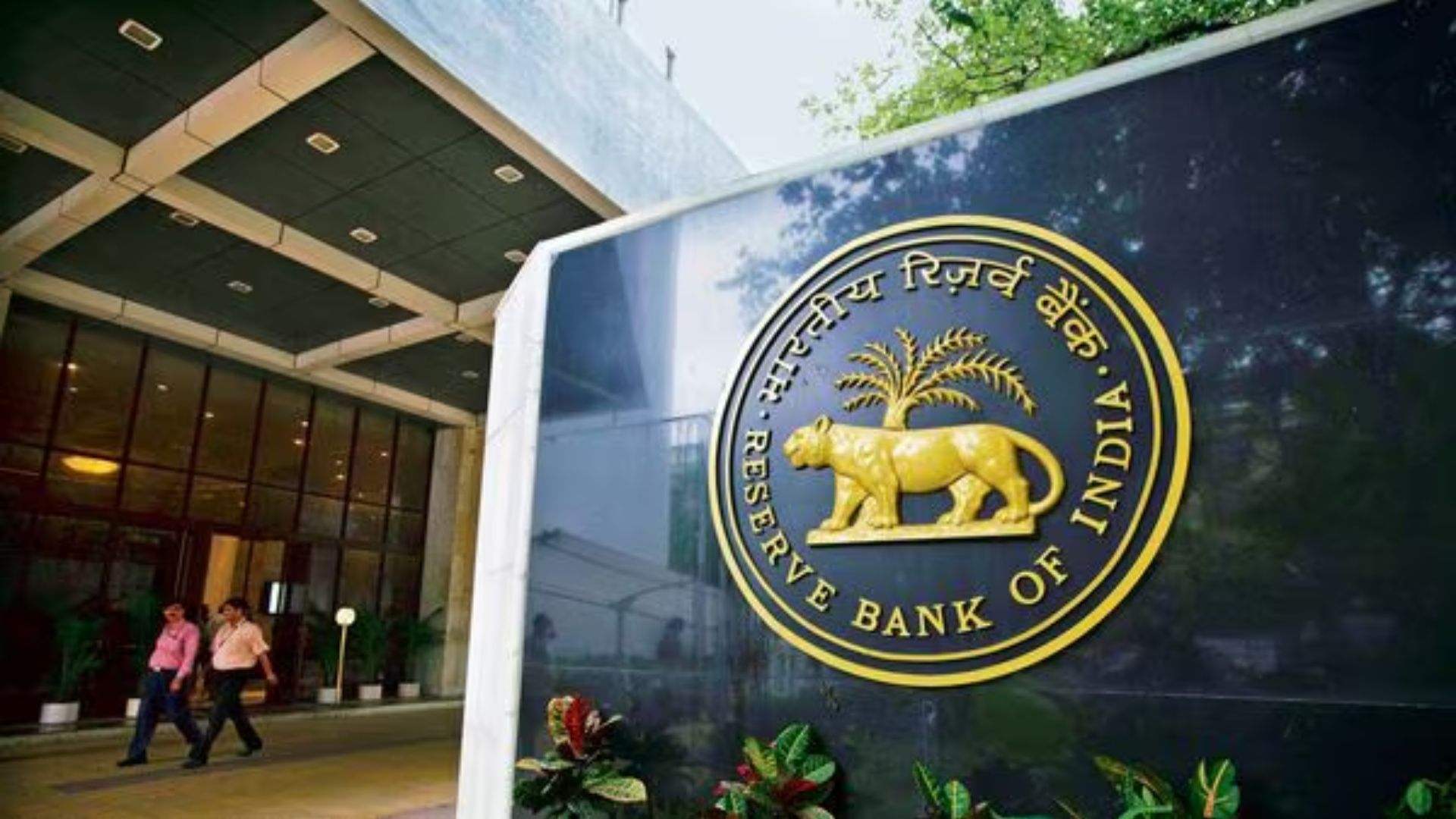
The Reserve Bank of India (RBI) is anticipated to start reducing interest rates around October, contingent on stable external factors like weather conditions and global commodity prices, according to a report by Crisil, a credit rating agency. Crisil predicts that there will be “two rate cuts this fiscal year.”
The recent decision by the Monetary Policy Committee (MPC) to maintain current rates was largely influenced by elevated food inflation. The report highlights the importance of closely monitoring fluctuating weather patterns, which could impact future decisions.
Looking ahead, Crisil expects an improved macroeconomic environment, setting the stage for potential rate cuts. “The food-related challenges to rate cuts are likely to diminish as agricultural prospects seem more favorable compared to last year. The monsoon has been above normal, with rainfall 7% higher than the long-period average as of August 7, and sowing of major food grains has increased. As agricultural outcomes become clearer by September, we anticipate conditions that could lead to a rate cut,” the report from S&P’s subsidiary noted.
Currently, the RBI has kept the repo rate unchanged at 6.5%, reflecting its cautious stance amid ongoing economic uncertainties. Persistent inflation concerns, particularly in the food sector, continue to challenge the RBI’s goal of reducing inflation to its 4% target.
The report also mentioned potential risks to core inflation, including international freight costs, geopolitical tensions affecting crude oil prices, and domestic telecom tariff hikes.
Regarding economic growth, the report noted that the pace is expected to slow this year due to reduced fiscal support as the government focuses on fiscal consolidation. On August 8, RBI Governor Shaktikanta Das projected a real Gross Domestic Product (GDP) growth of 7.2% for the fiscal year 2024-25.
Governor Das stressed that the RBI remains vigilant against inflationary pressures and is prepared to take necessary measures to maintain price stability while supporting economic recovery. The MPC’s decision reflects a careful balance between controlling inflation and fostering economic growth.
Adjustments in the repo rate have a direct impact on economic growth and job creation, with lower interest rates typically encouraging economic expansion by making borrowing cheaper for businesses.
